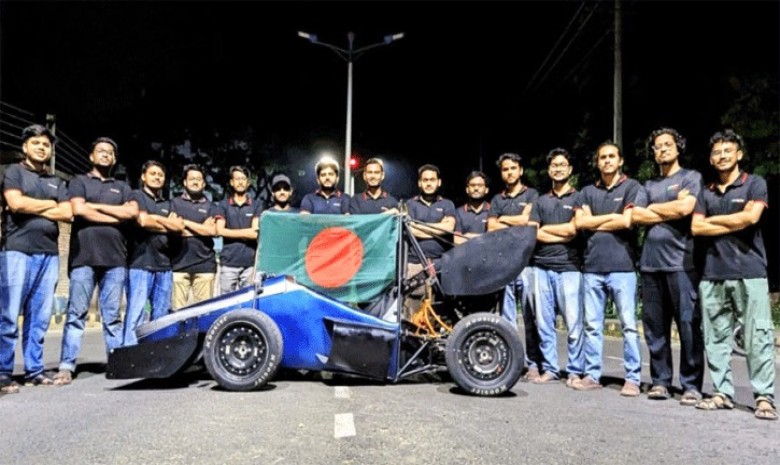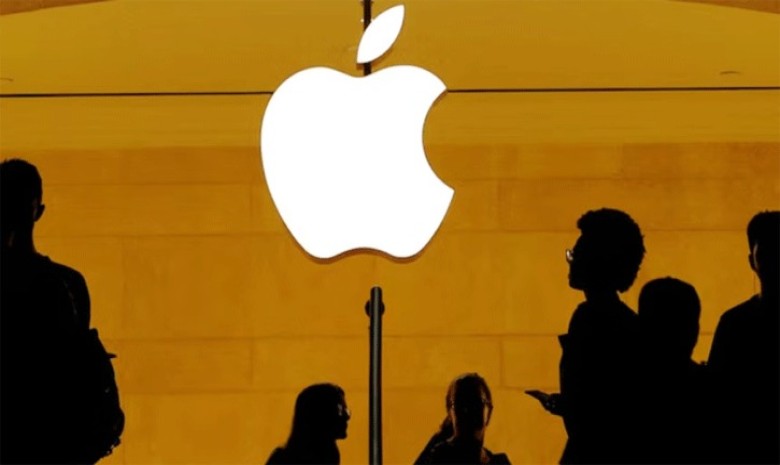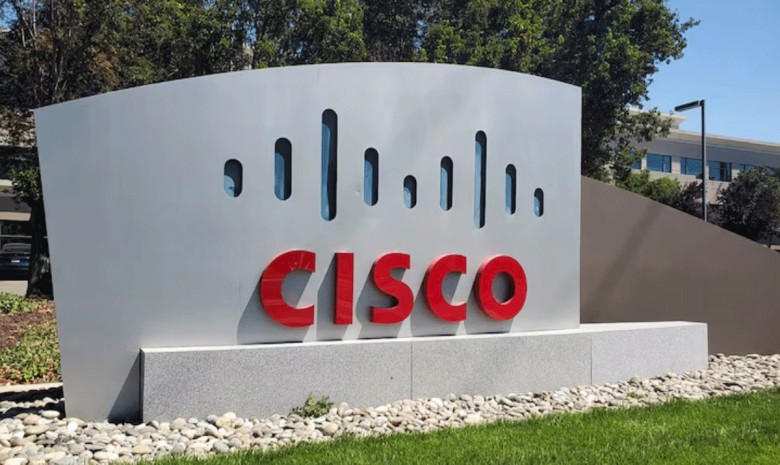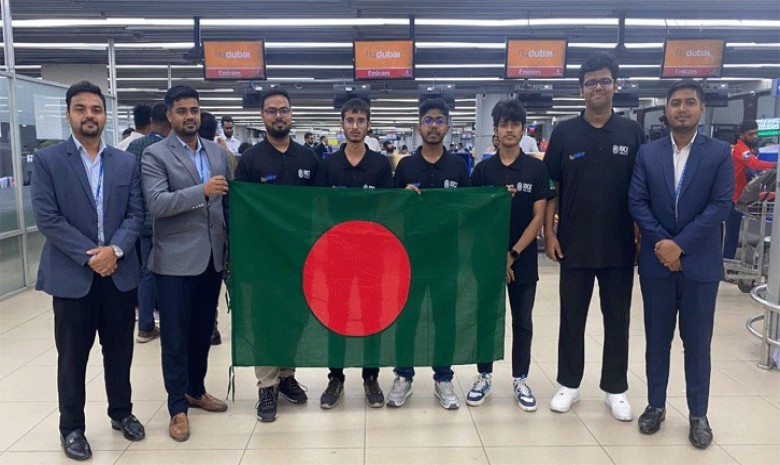Spanish technology company GMV has launched a groundbreaking GPS-like navigation system for the moon, designed to make lunar missions as straightforward as navigating Earth’s roads with popular mapping applications. The innovative system, named LUPIN, is poised to significantly enhance future lunar explorations, according to a Reuters report.
LUPIN is an integral part of a European Space Agency (ESA) program focused on testing advanced positioning, navigation, and timing techniques. This initiative comes as interest in lunar surface exploration experiences a resurgence, driven by scientific research, potential mining opportunities, and even the prospect of future space tourism.
‘With this software, we bring Europe closer to establishing a presence of humans on the moon and, potentially, this would be a stepping stone towards Mars exploration or human presence on Mars,’ Steven Kay, the project’s director, told Reuters.
The new technology underwent rigorous testing in the unique, otherworldly landscapes of Fuerteventura, one of Spain’s Canary Islands. GMV conducted field trials with the LUPIN prototype in this region, chosen for its geological resemblance to the lunar surface.
LUPIN aims to resolve the current complexities of lunar navigation. Presently, spacecraft and rovers on the moon's surface rely on intricate calculations and data relayed from Earth, a method that is neither swift nor precise. GMV highlighted in a statement that ‘Communication depends on direct visibility with Earth or the use of relay satellites in lunar orbit, which create communicative shadow zones and latency times that hinder immediate decision-making.’ Furthermore, the lack of real-time updates on lunar terrain changes due to recent impacts or dust movements complicates surface operations.
By leveraging signals similar to those used by GPS from moon-orbiting satellites, LUPIN would enable rovers and astronauts to precisely pinpoint their location on the moon in real-time. GMV intends to integrate existing lunar cartography with information derived from moon-orbiting satellites, specifically targeting challenging dark areas such as the lunar south pole and the ‘far side’ of the moon, which is generally in shadow.
‘We want these rovers to map the surface of the moon in a fast and safe way so that astronauts can return in a few years, work there and set up permanent bases,’ stated Mariella Graziano, GMV’s head of strategy. The development of LUPIN marks a significant step towards more autonomous and efficient lunar missions, potentially paving the way for sustained human presence beyond Earth.
Total views: 644



























